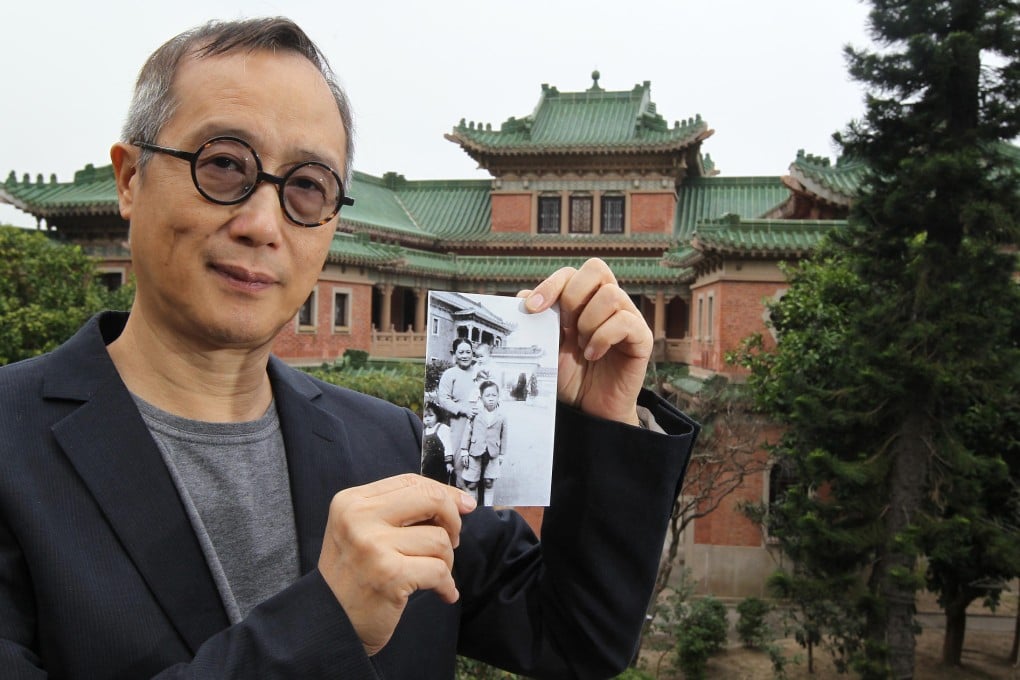Former resident of King Yin Lei separates fact from fiction
Circumstances surrounding the origin of the landmark are quite different from what many people think, a nephew of its first owner says

Hongkongers have been mulling the future use of the King Yin Lei mansion in a public consultation process that ended yesterday. But in all the discussions, little has emerged about the history of the Stubbs Road landmark.
Some of what is "known" about the 1930s structure in the Mid-Levels turns out to be wrong, according to the builder's nephew, Lee Siu-hei, 63, who gave a rare interview to the South China Morning Post recently.
Lee filled in many of the blanks in the history of the mansion, which has been declared a monument. It is generally known that King Yin Lei was used to shoot a Hollywood film - Soldier of Fortune starring Clark Gable - and a local TV drama.
But, contrary to many reports, the mansion was not a wedding gift from a tycoon. The original owner, Li Po-lun - Lee's aunt - had the home built after winning a fortune in the stock and foreign currency markets in the 1930s, he said.
His aunt was not a daughter of the late tycoon Li Po-chun, as some publicity literature says. "It's not true the mansion was a wedding gift from the tycoon to my aunt. They are not related at all," he said. "My aunt earned money in the stock and foreign currency markets, and she told me she spent HK$600,000 to build it."
The family was based in Guangzhou until 1949, when the Communist Party took over the mainland. Before that, Lee's grandfather - his aunt's father - made a fortune building casinos in Guangzhou and Macau in the early 1920s.